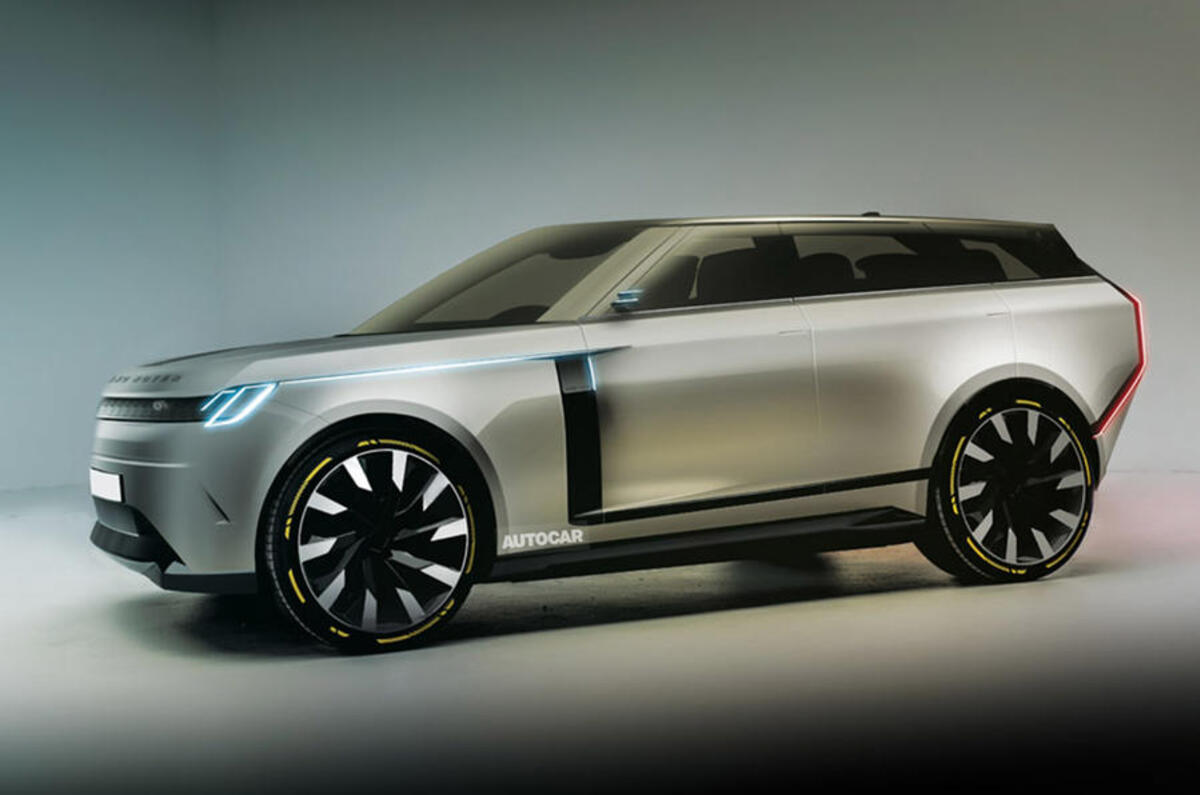Jaguar Land Rover has expanded its efforts to develop autonomous driving technologies for future models, opening new research centres in Bologna (Italy), Madrid (Spain) and Munich (Germany).
The three new hubs will work on advanced driver assistance systems and artificial intelligence (AI) for “self-driving cars of the future”, according to the British car maker.
Underpinning these future cars will be a suite of hardware and software from American computing giant Nvidia, with which JLR signed a deal a year ago.




